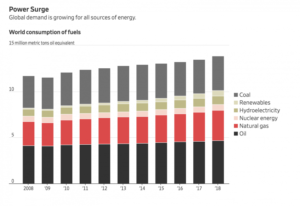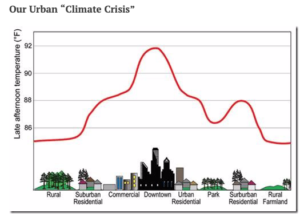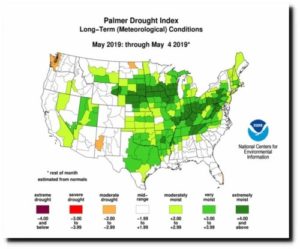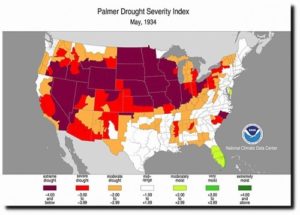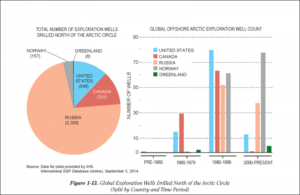by Reuters News Service, June 27, 2019 in CyprusMail
Eliminating fossil fuels from the U.S. power sector, a key goal of the “Green New Deal” backed by many Democratic presidential candidates, would cost $4.7 trillion and pose massive economic and social challenges, according to a report released on Thursday by energy research firm Wood Mackenzie.
That would amount to $35,000 per household, or nearly $2,000 a year for a 20-year plan, according to the study, which called the price tag for such a project “staggering.”
The report is one of the first independent cost estimates for what has become a key issue in the 2020 presidential election, with most Democrats proposing multi-trillion-dollar plans to eliminate U.S. carbon emissions economy-wide.
Front-runner Joe Biden’s plan to get to zero emissions, for example, carries a $1.7 trillion price tag, while Beto O’Rourke’s proposal comes in at $5 trillion. Representative Alexandria Ocasio-Cortez, one of the authors of the “Green New Deal,” a non-binding Congressional resolution, put the cost of a comprehensive climate solution at around $10 trillion.
Such ideas aim to tap into a growing sense of urgency about global warming on both sides of the political divide, but have been panned by President Donald Trump and many Republicans as being unfeasible, costly, and a threat to the economy.
…

A power-generating wind turbine is seen in Saint-Laurent-Des-Eaux near Orleans, France
…


